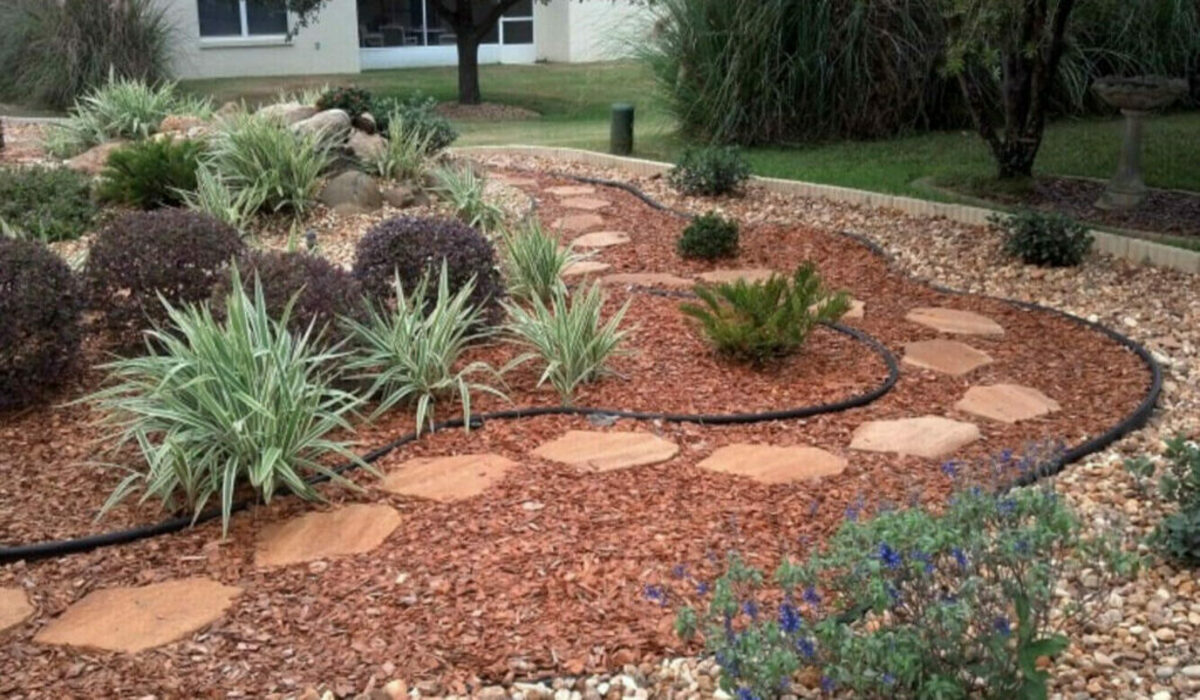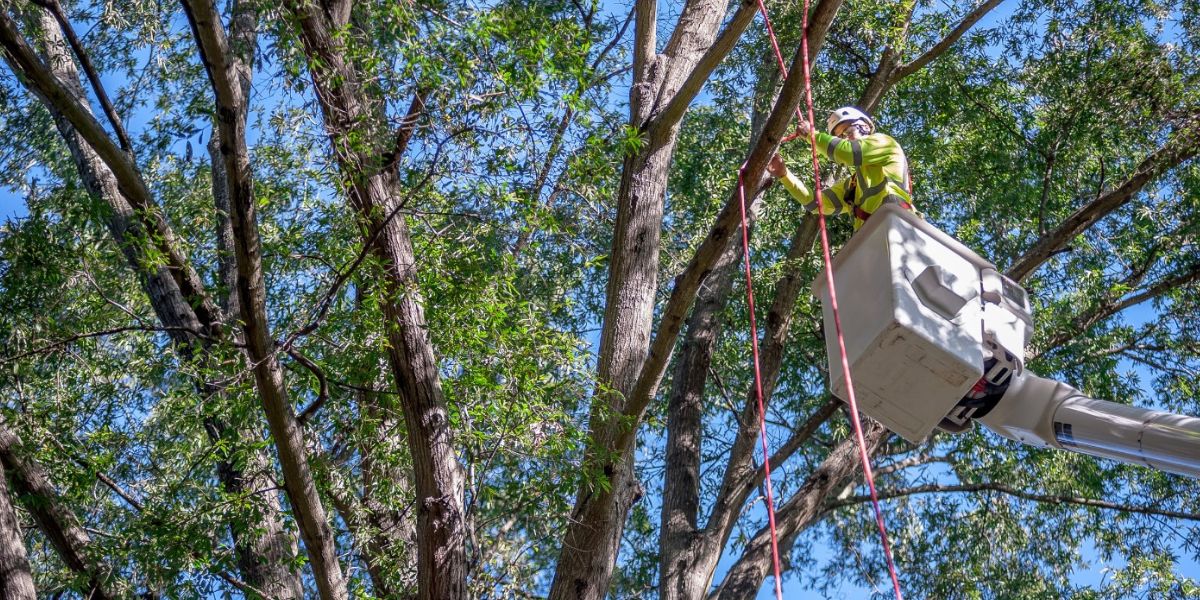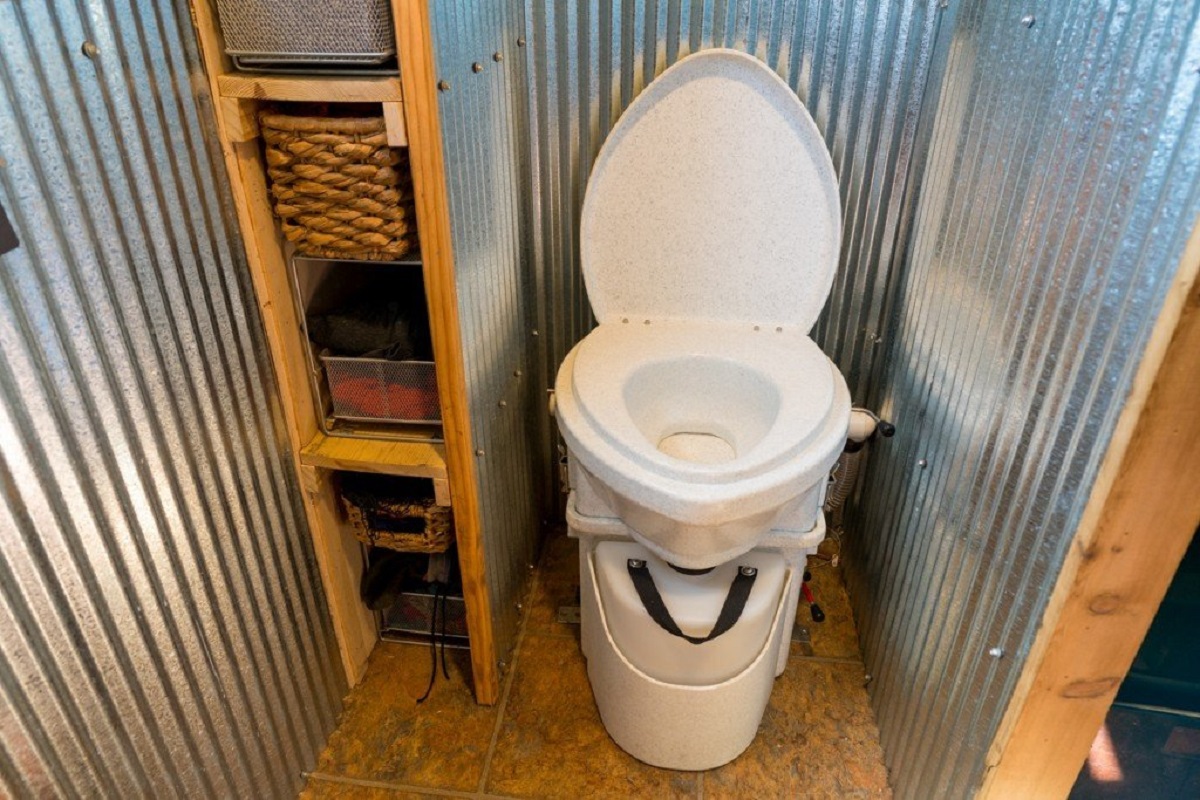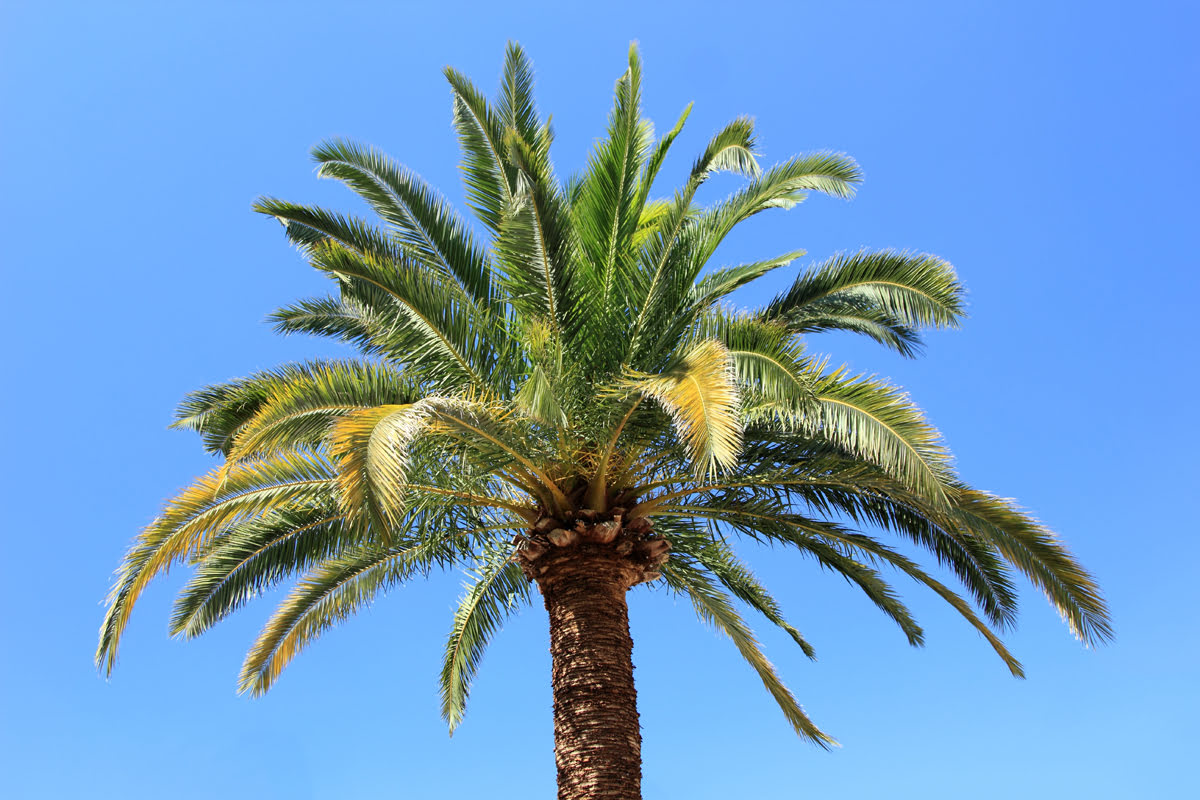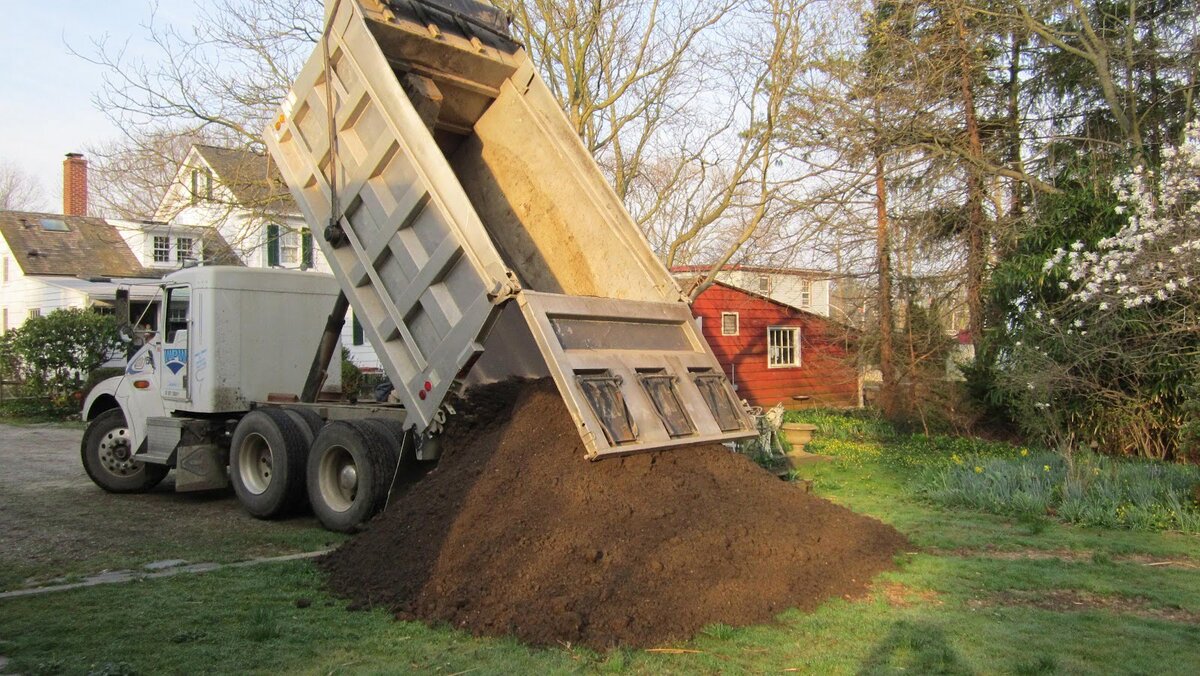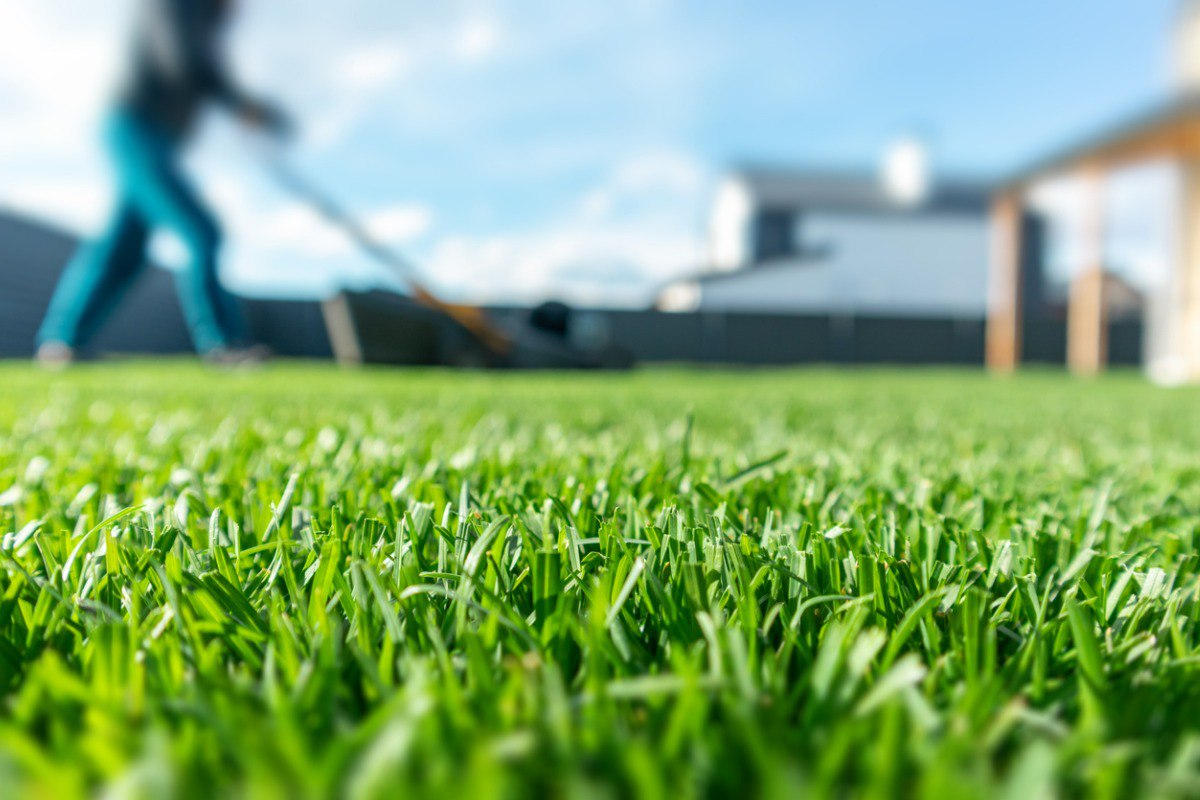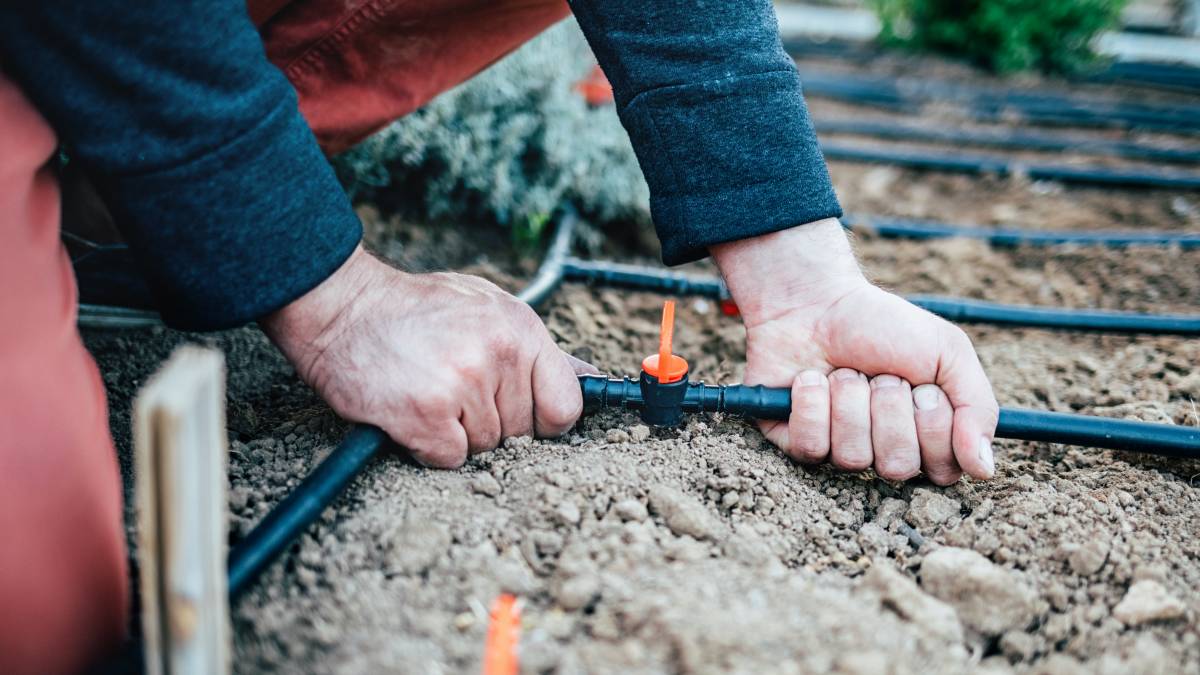Home>Gardening Basics>Tools and Equipment>How Much Does An Irrigation Well Cost
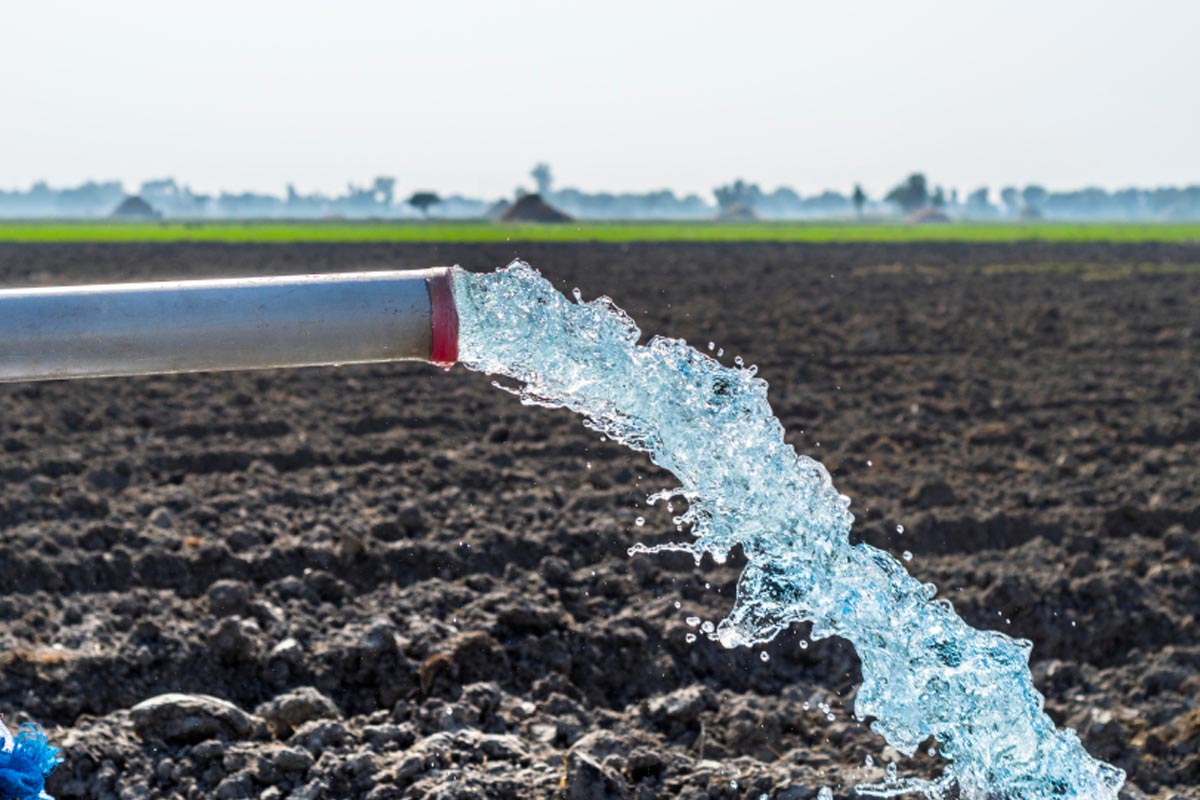

Tools and Equipment
How Much Does An Irrigation Well Cost
Modified: January 22, 2024
Find out how much an irrigation well costs and what tools and equipment you'll need for the installation.
(Many of the links in this article redirect to a specific reviewed product. Your purchase of these products through affiliate links helps to generate commission for Chicagolandgardening.com, at no extra cost. Learn more)
Table of Contents
Introduction
Welcome to our comprehensive guide on the cost of installing an irrigation well. If you’re a farmer or a property owner looking to establish a reliable water source for irrigation purposes, investing in an irrigation well can be a cost-effective and sustainable solution. This article will provide you with a detailed overview of the factors that can influence the cost of installing an irrigation well, so you can make an informed decision.
Having a dedicated irrigation well offers numerous advantages. It provides a consistent water supply, allowing you to maintain the optimal moisture levels for your crops or landscaping. Additionally, it eliminates the dependence on municipal water sources, reducing your reliance on external water supplies and potentially saving on water bills in the long run.
Before delving into the cost factors, it’s essential to understand that the expense of installing an irrigation well can vary significantly depending on several variables. These variables can include the geographical location, the depth and diameter of the well, the type of pump and equipment required, and any regulatory or permitting requirements. Each of these factors plays a crucial role in determining the overall cost of the project.
By understanding the key components and considering all relevant factors, you can gain a better understanding of the potential investment needed to install an irrigation well. This knowledge will help you plan your budget and evaluate the long-term benefits associated with this water management solution.
In the upcoming sections, we will delve deeper into each of these factors, providing you with a clear understanding of what influences the cost of an irrigation well. We will discuss evaluating your water requirements, the impact of permitting and regulations, drilling and installation costs, pump and equipment expenses, as well as maintenance and operational considerations. By considering all these aspects, you will be equipped with the necessary knowledge to make an informed decision about installing an irrigation well that meets your specific needs and budget.
Factors Affecting the Cost of an Irrigation Well
Several factors come into play when determining the cost of installing an irrigation well. Understanding these factors is essential for estimating the overall expense and planning your budget effectively. Let’s take a closer look at the primary considerations.
- Geographical Location: The location of your property has a significant impact on the cost of drilling an irrigation well. Factors such as soil composition, geological formations, and water availability in the region can influence the drilling process and the depth at which the well needs to be dug. In areas with rocky or hard soil, drilling costs can be higher due to the additional time and effort required to penetrate the ground.
- Well Depth and Diameter: The depth and diameter of the well are critical factors in determining the overall cost. Deeper wells require more drilling and excavation, increasing labor and equipment costs. Additionally, larger diameter wells may be required to accommodate higher water flow rates, potentially adding to the overall expense.
- Permitting and Regulations: Obtaining the necessary permits and adhering to local regulations is a crucial step in installing an irrigation well. Permitting costs can vary depending on the jurisdiction and the complexity of the project. It is essential to research and understand the permitting requirements in your area to avoid any delays or unexpected expenses.
- Drilling and Installation Costs: The drilling process involves specialized equipment and skilled labor. The cost of drilling depends on factors such as the depth of the well, the type of drilling method used (such as rotary drilling or percussion drilling), and the complexity of the geological conditions. Additionally, installation costs include casing, wellhead, and any necessary filtration or treatment systems.
- Pump and Equipment Costs: The selection and installation of the pump and related equipment are significant cost considerations. The type of pump, horsepower, and necessary accessories depend on factors such as the water demand, elevation changes, and distance to be covered. Quality equipment is essential to ensure reliable and efficient water distribution.
- Maintenance and Operational Costs: It’s important to consider the long-term maintenance and operational costs associated with an irrigation well. Regular inspection, pump maintenance, and potential repairs should be factored into the overall cost. Additionally, energy costs for running the pump should be estimated to assess the ongoing operational expenses.
By taking all these factors into account, you will have a better understanding of the potential cost involved in installing an irrigation well. It’s crucial to consult with professionals and obtain multiple quotes to evaluate the specific requirements of your project and make an informed decision that aligns with your budget and long-term goals.
Evaluating Water Requirements
Before proceeding with the installation of an irrigation well, it’s essential to assess your water requirements accurately. Understanding the volume of water you need for your irrigation system is crucial for determining the well size and pump capacity, which directly impact the overall cost. Here are some key considerations for evaluating your water requirements:
- Crop or Landscape Water Demand: The water requirements for your crops or landscaping depend on factors such as plant type, growth stage, climate, and soil conditions. Different plants have varying water needs, and understanding these requirements is vital for effective irrigation. Consult with agricultural experts or landscapers to determine the appropriate water demand for your specific application.
- Area to be Irrigated: The size of the area that needs irrigation directly affects the water demand. Determine the total land area that requires watering and consider factors such as slopes, variations in soil type, and microclimates within the property. This evaluation will help estimate the coverage area and the water distribution requirements.
- Water Availability: Assess the availability of water in your region to determine if installing an irrigation well is a viable solution. Consider factors such as access to surface water sources (lakes, rivers), availability of groundwater, and regulations regarding water usage. Understanding the local water supply situation will help you make an informed decision and avoid any potential constraints in the future.
- Watering Schedule and Duration: Determine the frequency and duration of irrigation cycles required for your crops or landscaping. Consider the climate, evaporation rates, and plant water needs during different growth stages. This evaluation will help determine the total water volume needed and the system’s irrigation capacity.
- Future Expansion: Anticipate any future expansion plans for your agricultural operation or landscaping project. Assess whether your water requirements might increase in the future and factor this into the design and capacity of the irrigation system. Consider the potential impact on the well size and pump capacity to ensure scalability.
By thoroughly evaluating your water requirements, you can ensure that your irrigation well system is designed and sized appropriately. Consulting with irrigation specialists and agricultural experts can provide valuable insights and help you make informed decisions. By accurately assessing your water needs, you can optimize the efficiency of your irrigation system, minimize water waste, and avoid overspending on unnecessary equipment.
Permitting and Regulations
When it comes to installing an irrigation well, it’s important to understand and comply with the permitting and regulatory requirements in your area. Each jurisdiction may have specific rules and regulations governing the drilling and usage of irrigation wells. Failing to obtain the necessary permits or adhere to these regulations can result in fines, delays, or other potential legal consequences. Here are some key considerations regarding permitting and regulations:
- Research Local Laws: Start by researching the local laws and regulations related to installing an irrigation well. Contact your local water management authority or environmental agency to inquire about the specific requirements, permits, and any restrictions that may apply. They can provide you with the necessary information and guidance to ensure compliance.
- Permitting Process: Understand the permitting process and the steps involved. Determine the required documents, applications, and fees for obtaining the necessary permits. It’s important to allow sufficient time for the permitting process as it can vary in duration depending on your location and local authorities.
- Environmental Impact Assessment: In some cases, you may be required to conduct an environmental impact assessment before proceeding with drilling an irrigation well. This assessment is done to evaluate potential ecological impacts and ensure that the installation does not harm protected areas, groundwater sources, or local biodiversity.
- Water Rights: In certain regions, acquiring water rights may be necessary before drilling an irrigation well. This ensures that you have legal access to the water resources and can use them for irrigation purposes. Research the water rights laws and consult with professionals to navigate this aspect effectively.
- Additional Regulations: Be aware of any additional regulations related to well construction, water usage, and quality. Some regions may have specific guidelines on casing requirements, wellhead protection, or water testing procedures. Ensure that your well design and installation comply with these regulations to avoid any issues in the future.
It’s crucial to consult with local authorities, water management experts, or drilling professionals who have experience in navigating the permitting and regulatory processes. They can guide you through the necessary paperwork, ensure compliance, and help streamline the installation of your irrigation well. By following all the necessary regulations and obtaining the required permits, you can avoid potential legal complications and ensure a smooth and successful installation process.
Drilling and Installation Costs
The drilling and installation process is a significant factor that influences the overall cost of an irrigation well. The complexity of the drilling process, the depth of the well, and the required equipment and materials all contribute to the expenses involved. Here are some key considerations regarding drilling and installation costs:
- Drilling Methods: There are different drilling methods available, such as rotary drilling, percussion drilling, or auger drilling. The choice of method depends on various factors, including soil composition, geological conditions, and the depth of the well. Different drilling methods have different associated costs, so it is important to consider the most suitable method for your specific project requirements.
- Well Depth: The depth of the well is a crucial factor that affects the cost. Deeper wells require more labor, time, and equipment, which can increase the overall drilling expense. The geology of the area, such as the presence of rocks or hard soil layers, can also impact the drilling process, potentially adding to the total cost.
- Casing and Wellhead: Casing is an essential component of the well that provides structural support and prevents the well from collapsing. The material and size of the casing will impact the installation cost. Wellheads, which include components like a cap and connections to pumps and pipes, also contribute to the overall installation expenses.
- Filtration and Treatment Systems: Depending on the water quality in your area, you may need to install filtration or treatment systems to ensure the water is suitable for irrigation. The cost of these systems can vary depending on the complexity and capacity of the required equipment.
- Labor and Equipment: The cost of skilled labor and drilling equipment is a significant component of the overall drilling and installation expenses. Labor costs can depend on factors such as the region’s wage rates and the complexity of the drilling process. Similarly, the cost of renting or purchasing drilling equipment needs to be considered.
- Site Preparation and Restoration: Clearing and preparing the site for drilling can add to the overall costs. Additionally, after the drilling process, there may be a need for site restoration, such as filling and leveling the area around the well. These expenses should be factored in when estimating the total cost.
It’s important to consult with experienced drilling professionals to obtain accurate cost estimates for your specific project. They can assess the geological conditions, provide detailed quotes, and guide you through the drilling and installation process. By considering all these factors, you can effectively plan your budget and ensure a successful and efficient installation of your irrigation well.
Pump and Equipment Costs
The selection and installation of the pump and related equipment are crucial considerations when estimating the cost of an irrigation well. These components play a significant role in ensuring efficient water distribution and meeting the specific needs of your irrigation system. Let’s explore the key factors to consider when evaluating the pump and equipment costs:
- Pump Selection: The type of pump you choose depends on various factors, including the water demand, elevation changes, distance to be covered, and efficiency requirements. Common types of pumps used for irrigation wells include centrifugal pumps, submersible pumps, and turbine pumps. Each type has different performance characteristics and associated costs that need to be considered when estimating the overall expenses.
- Pump Capacity: The pump capacity is determined by the water requirements of your irrigation system. It is essential to select a pump that can meet the desired flow rate and pressure to ensure adequate water supply to your crops or landscaping. The pump capacity will impact the overall cost, as higher capacity pumps generally incur higher expenses.
- Pump Accessories: Various accessories are necessary for the proper functioning of the pump system. These can include pressure tanks, control panels, valves, filters, and piping. The cost of these accessories should be incorporated into the overall equipment costs.
- Electrical Requirements: Consider the electrical requirements for operating the pump system. This includes factors such as electrical power availability, voltage requirements, and potential costs associated with electrical installations or upgrades. Consulting with an electrician can help you estimate these expenses accurately.
- System Monitoring and Automation: Automation and monitoring systems can enhance the efficiency and convenience of your irrigation system. These systems allow for remote control, scheduling, and monitoring of the water distribution. The cost of such systems should be factored into your equipment expenses if you choose to implement them.
- Equipment Quality: Investing in high-quality equipment is crucial for long-term durability and performance. While it may result in higher upfront costs, quality equipment can reduce maintenance and replacement expenses in the future. Consider the reputation and reliability of the pump and equipment manufacturers to ensure you make a wise investment.
When estimating the pump and equipment costs, it’s advisable to consult with irrigation specialists or suppliers who can provide guidance and detailed quotes. They can assess your specific water requirements, suggest suitable pump options, and outline the associated equipment expenses. By considering these factors, you can ensure that your irrigation system is equipped with reliable and efficient pump equipment that aligns with your budget and delivers optimal performance.
Maintenance and Operational Costs
When considering the cost of an irrigation well, it’s crucial to factor in the ongoing maintenance and operational expenses. Proper maintenance ensures the longevity and efficiency of your system, while operational costs include energy consumption and potential repair or replacement costs. Let’s explore the key considerations for maintenance and operational costs:
- Regular Inspection and Maintenance: Regular inspections by qualified professionals are necessary to identify and address any potential issues with your irrigation well system. Routine maintenance tasks may include checking for leaks, inspecting and cleaning filters, lubricating moving parts, and testing the pump performance. Budgeting for these regular maintenance activities ensures that your system operates efficiently and avoids costly breakdowns.
- Pump Maintenance: The pump is a critical component of the irrigation system and requires specific maintenance procedures. This may include checking pump seals, bearings, and impellers, replacing worn-out parts, and ensuring proper lubrication. Neglecting pump maintenance can lead to decreased performance, increased energy consumption, and the need for premature pump replacement.
- Energy Costs: Consider the energy consumption of the pump system, as it contributes to the operational costs. The electricity or fuel required to power the pump should be estimated based on the pump’s horsepower, operating hours, and the local utility rates. By understanding the energy requirements, you can budget for the ongoing operational expenses of running the irrigation system.
- Water Testing and Treatment: Regular water testing ensures the quality and suitability of the water for irrigation purposes. Depending on the water source and local regulations, treatment measures such as filtration, disinfection, or soil amendments may be necessary. The cost of water testing and any required treatment should be taken into account for long-term operational expenses.
- Potential Repairs and Replacements: Operational costs should also include a provision for potential repairs or replacements of components within the irrigation system. Factors such as pump lifespan, equipment durability, and exposure to environmental factors can affect the frequency and cost of repairs. By budgeting for these potential expenses, you can ensure smooth operation and avoid unexpected financial burdens.
By properly maintaining and operating your irrigation well system, you can optimize its performance and extend its lifespan. Regular maintenance and addressing issues promptly can prevent costly breakdowns and maximize efficiency. Additionally, by budgeting for ongoing operational expenses such as energy consumption and potential repairs, you can mitigate future financial impacts and ensure the sustainability of your irrigation system.
Considerations for Well Efficiency and Longevity
When investing in an irrigation well, it’s important to consider factors that can contribute to its efficiency and longevity. By implementing certain practices and technologies, you can optimize the performance of your well system and prolong its lifespan. Here are some key considerations:
- Well Design: Proper well design plays a crucial role in optimizing efficiency and longevity. A well-designed system includes considerations such as well depth, diameter, casing material, and wellhead protection. Working with experienced well designers and drillers can ensure that your well is built to withstand the specific conditions of your region and minimize the risk of issues in the future.
- Well Maintenance: Regular well maintenance is essential for ensuring longevity and efficiency. This includes monitoring the water level, inspecting the wellhead and casing for any damage, and removing any debris or sediment that may accumulate. Maintaining proper well hygiene and cleanliness reduces the risk of contamination and preserves the well’s performance over time.
- Water Conservation Practices: Implementing water conservation practices helps optimize the efficiency of your well system. This can involve techniques such as drip irrigation, soil moisture monitoring, and scheduling irrigation during cooler times of the day to minimize water loss due to evaporation. Proper water management allows you to maximize the use of available resources and reduce unnecessary water consumption.
- Regular Water Testing: Conducting periodic water testing helps identify any changes in water quality or potential issues. Regular tests can indicate the need for adjustments in filtration or treatment systems to maintain water quality and prevent any negative impacts on your irrigation system or crops. Stay informed about the water quality in your well to ensure long-term well efficiency.
- Monitoring and Technology: Consider implementing monitoring technologies to track well performance and detect any anomalies. Well monitoring systems can provide real-time data on water levels, flow rates, and pressure, allowing you to proactively address any issues that may arise. These technologies can help optimize the well’s efficiency, minimize operational costs, and extend its lifespan.
- Proper Pump Sizing and Operation: Selecting the right size pump and operating it according to recommended guidelines is crucial. An oversized or undersized pump can lead to inefficiencies, increased energy consumption, and premature pump failure. By working with professionals to determine the appropriate pump size and following operational guidelines, you can optimize pump performance and enhance well efficiency.
By considering these factors and implementing appropriate practices, you can maximize the efficiency and lifespan of your irrigation well. Regular maintenance, water conservation efforts, and the use of monitoring technologies contribute to the well’s long-term performance and reduce the risk of unexpected issues. By investing in a well-designed, properly maintained, and optimized system, you can ensure a sustainable and cost-effective water source for your irrigation needs.
Conclusion
Installing an irrigation well can be a wise investment for farmers and property owners looking for a reliable and sustainable water source for their irrigation needs. However, understanding the various factors that affect the cost is essential for proper planning and decision-making.
Factors such as geographical location, well depth and diameter, permitting and regulations, drilling and installation costs, pump and equipment expenses, as well as maintenance and operational costs, all play a role in determining the overall cost of an irrigation well.
Evaluating your water requirements accurately helps in determining the appropriate well size and pump capacity. Understanding local permitting and regulatory requirements ensures compliance and avoids potential legal issues. Thoroughly assessing drilling and installation costs, as well as considering the quality of the pump and associated equipment, ensures a well-constructed and efficient system.
Maintaining the well and considering operational costs such as energy consumption and potential repairs are essential for optimizing efficiency and ensuring the longevity of the system. Additionally, implementing practices to conserve water and adopting relevant technologies contribute to the overall efficiency of the well.
By considering all these factors, consulting with professionals, and obtaining detailed cost estimates, individuals can make informed decisions about installing an irrigation well that meets their specific needs and budget. The installation of an irrigation well can be a valuable long-term investment, providing sustainable water access, reducing reliance on external sources, and ultimately contributing to the success of agricultural operations or landscaping projects.
